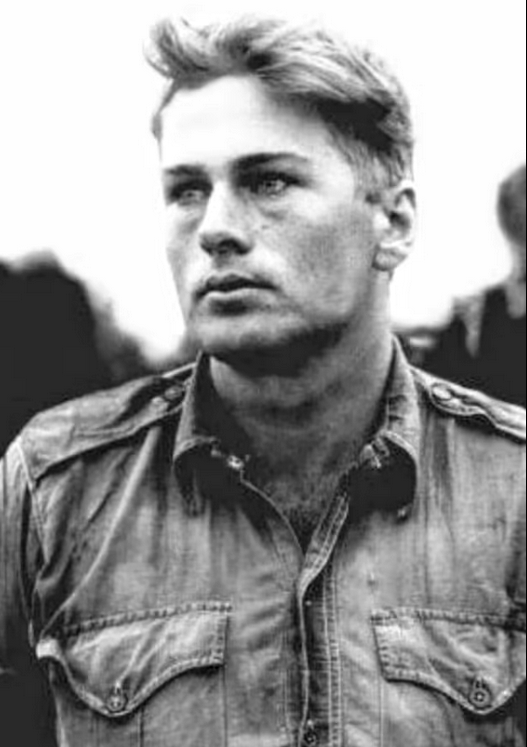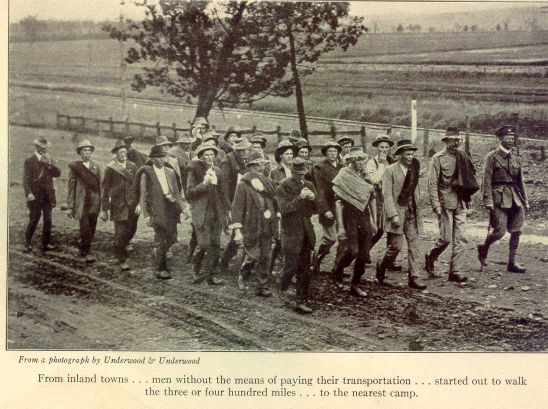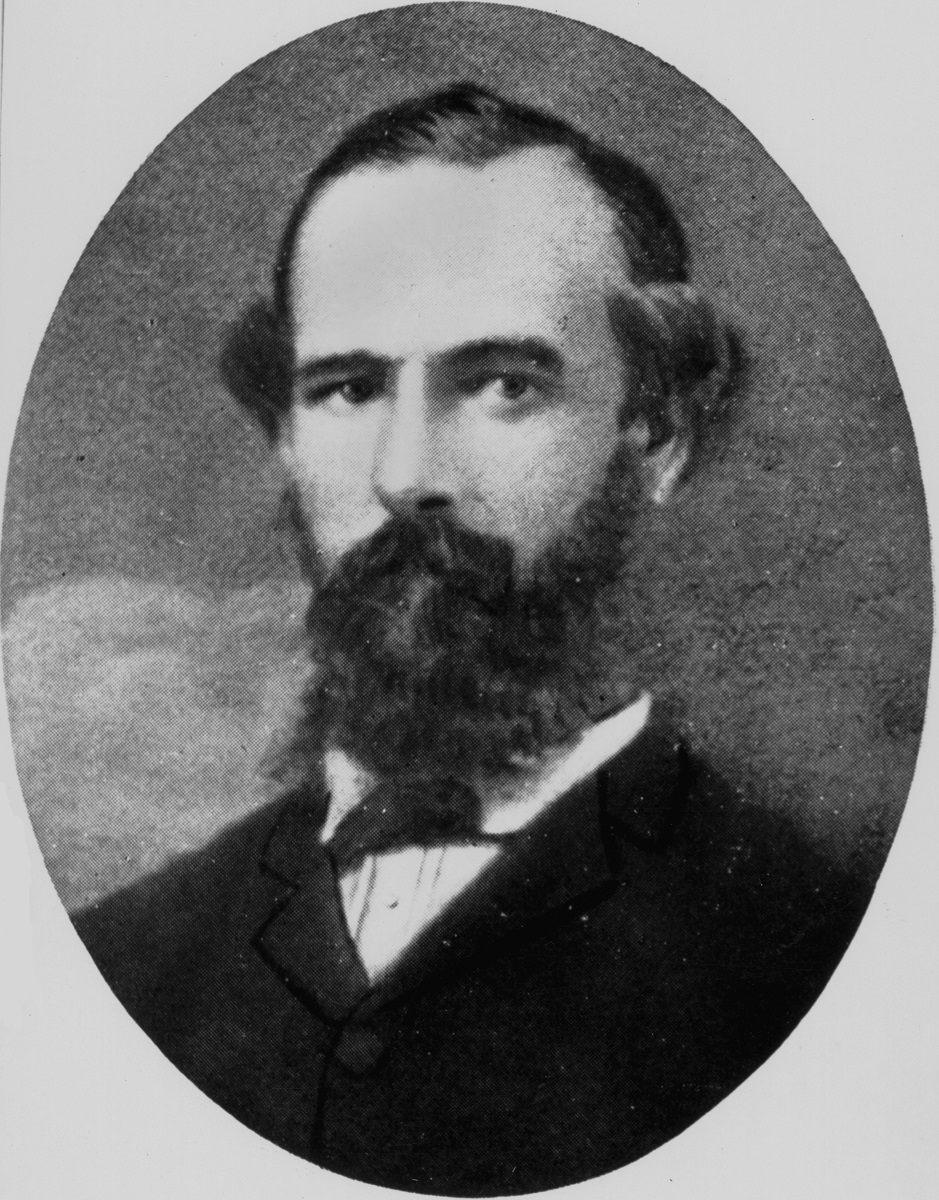The ruins of a stone cottage, once the home of pioneer Mary Watson, lie crumbling up behind the beach at Watson’s Bay on Lizard Island, three hundred kilometres north of Cairns.
Mary was born in Cornwall, and her family settled in Maryborough, Queensland, when she was seventeen. Both educated and musical, Mary easily won a position in Brisbane as a governess.
Mary’s employer, Mr Bouel, decided that her talents were wasted teaching children. He took her to Cooktown to play piano in a hotel he owned there, and in that wild frontier town she grew up fast.
Belting out popular tunes on the piano at the bar, Mary couldn’t help but notice when a handsome, fit man called Robert Watson swaggered in one night. Mary learned that he, in partnership with his mate Percy Fuller, ran a beche-de-mer (sea cucumber) fishing operation on Lizard Island.
Seduced, perhaps, by tales of one of the world’s most beautiful islands, Mary married Bob a few weeks later, and packed for the journey north.
By 1880, still just twenty years old, Mary was running an island household and a small farm with the help of some Chinese labourers. She kept a record of the trials and triumphs of her life in a journal, which survives to this day.
Within a few months Mary was pregnant, and she returned to Cooktown where she gave birth to her son Thomas. Once she felt confident of her abilities in raising the child she headed back to Lizard Island and the love of her life.
Bob, Percy and another man headed off to a distant island on a fishing trip. They had not noticed a fleet of canoes crossing the thirty-five kilometre stretch of water from the mainland.
With most of the white men absent, the local Dingaal people, who had fished and hunted on the island for millennia, attacked. Ah Leong, one of the Chinese workers, was killed, and another seriously wounded.
Mary, her baby Thomas, and the wounded man, Ah Sam, put to sea in a cut-down iron water tank. They drifted in terrible heat for eight days before washing up on an uninhabited island in the Howick Group.
The final entry in Mary’s journal reads: “No water. Nearly dead with thirst.” Their bodies were found three months later, and transported to Cooktown for burial.
Taking their cue from an outraged public, the local constabulary inflicted a terrible revenge on the Dingaal people. A sad end to a heart-wrenching tale.
Story and Pictures by Greg Barron.
Browse our books here.



